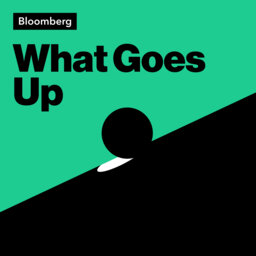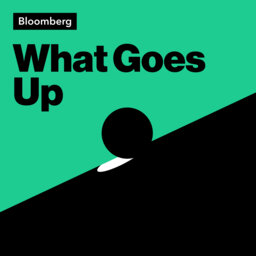The Worst Way to Fix Inflation
There are better ways to combat inflation than destroying demand with interest-rate increases, according to Nela Richardson, chief economist for payroll giant Automatic Data Processing Inc. She joined the latest What Goes Up podcast to give her take on half-century record American employment, decades-high inflation and signs of softness in the US housing market.
“It’s about productivity,” Richardson says. “Productivity grows you out of inflation when more workers produce more output for the same amount of cost. That’s what productivity is. That’s what gets you out of the inflation wage-price spiral conundrum.” But to do that, she says, business and government need to invest in jobs and workers—something they haven’t been good at recently. “It takes more partnerships with community colleges to build an agile and skilled workforce in the places that the economy needs it,” Richardson says.
 What Goes Up
What Goes Up


